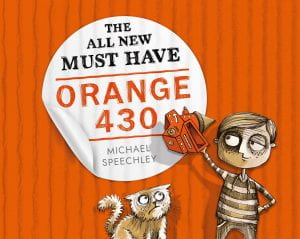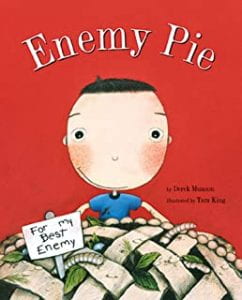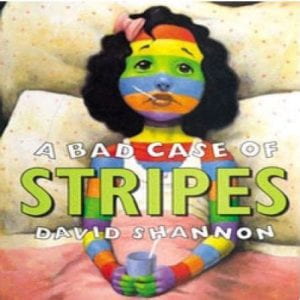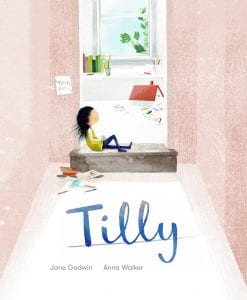This module has been all about defining what is meant by “Children’s literature” and discussing the history and development of both literature and childhood. It has focused predominantly on Western culture and the English speaking world. In so many parts of society today, we lament the loss of childhood; see our children growing up too fast, yet childhood, certainly as we know it, is a relatively new idea. In relatively recent times children had little access to literature that was written with them specifically in mind. That literature that was available written specifically for children was predominantly instructive. The idea that children should read instructive texts, come away from reading somewhat improved has not gone away. Many texts are written with the goal of exploring a particular social issue or instructing children on proper ways to behave or helpful ways to think. The historical focus on religion may have shifted more into the political sphere, but much of the literature available and targeted to children (movie tie-ins not withstanding) can be a little preach-y. Consid er “The All New Must Have Oran
er “The All New Must Have Oran ge 430″ by Michael Speechley – an exploration of the dangers of consumerism. Or “A Bad Case of the Stripes” by David Shannon (be yourself)
ge 430″ by Michael Speechley – an exploration of the dangers of consumerism. Or “A Bad Case of the Stripes” by David Shannon (be yourself) , “Enemy Pie” by Derek Munson (kindness is desirable), “
, “Enemy Pie” by Derek Munson (kindness is desirable), “ Tilly” by Jane Godwin and Anna Walker (things – or people – who are lost to us can be kept alive in our hearts and memories). A great many books for children are written as instructive, improving or persuasive texts. Many are explorations of societal norms, problems or issues. Books written for adults do not miss out on this treatment either, and neither they should. While the improving aspects of children’s literature may be less direct than perhaps it was in the past, it is still an important feature of all literature – it explores the nature and development and state of being of us.
Tilly” by Jane Godwin and Anna Walker (things – or people – who are lost to us can be kept alive in our hearts and memories). A great many books for children are written as instructive, improving or persuasive texts. Many are explorations of societal norms, problems or issues. Books written for adults do not miss out on this treatment either, and neither they should. While the improving aspects of children’s literature may be less direct than perhaps it was in the past, it is still an important feature of all literature – it explores the nature and development and state of being of us.
What, then, of the future of literature for children? What will it look like in 5, 10 or 20 years and who will be the drivers of change? The publishing industry in America has already been subject to corporate interference. What is published is what sells. If something does well, more of that will be published. Independent publishers are less and less common, and taking a chance on a new author is just that – quite a big chance. Every day readers have the opportunity to influence the industry very little. However, where independent publishers abound, readers themselves can influence what is published by buying (or demanding their libraries buy) the books they want to read. This can, in turn be influenced by social media reviews such as Goodreads. We may think that electronic formats will be increasingly popular, however it seems that there are still some groups of people and types of texts that prefer the hardcopy. Could it be that there may be an increasing prevalence of ebooks for fiction and hardcopies for non-fiction? Perhaps multi-modal texts will have their time in the sun? Perhaps new technologies will come along that allow readers to view and experience their literature in entirely new ways. I would be interested in a device that used augmented reality goggles to add to the experience of a hardcopy book – such that both the ebook and hardcopy can be viewed independently, but when combined, they offer additional features. As we have seen with app based literature, the additions made by the technology need to add to the reader’s experience of the printed version rather than simply replicate it in order to be most successful. What and exciting and dynamic time to be involved in the world of literature!

